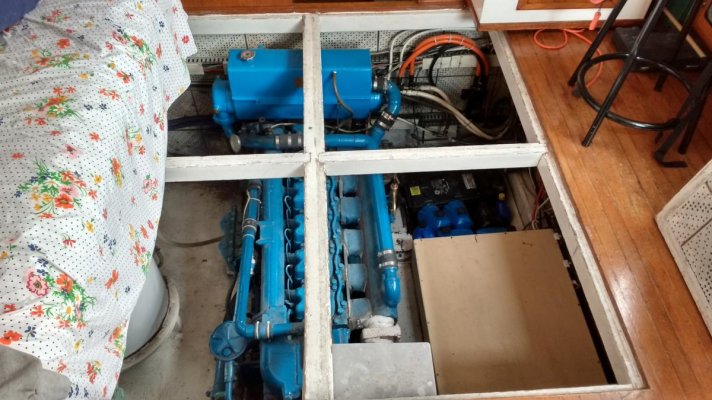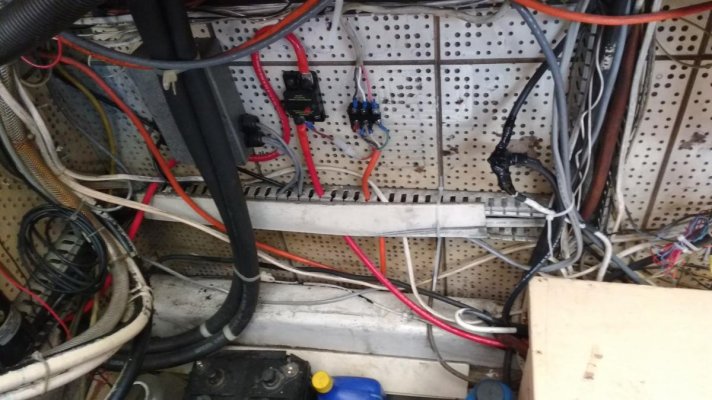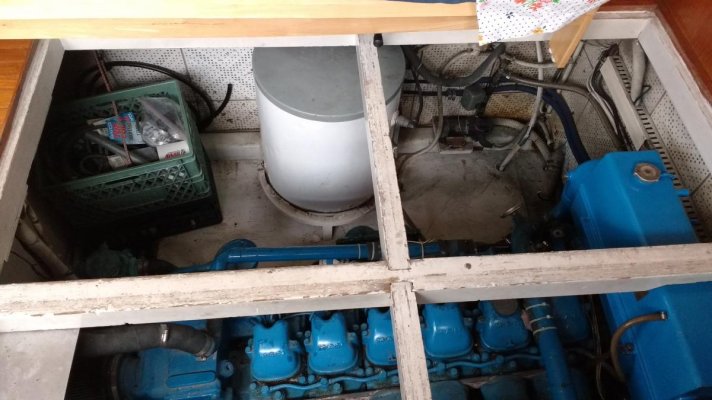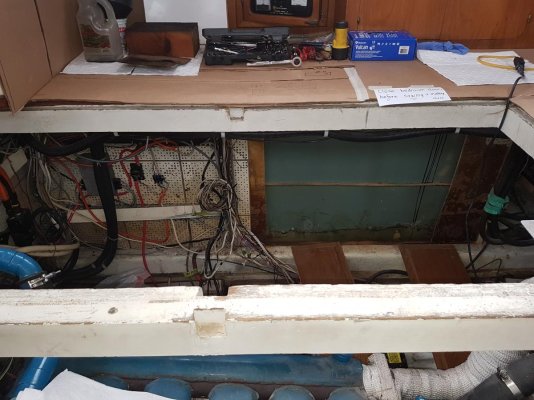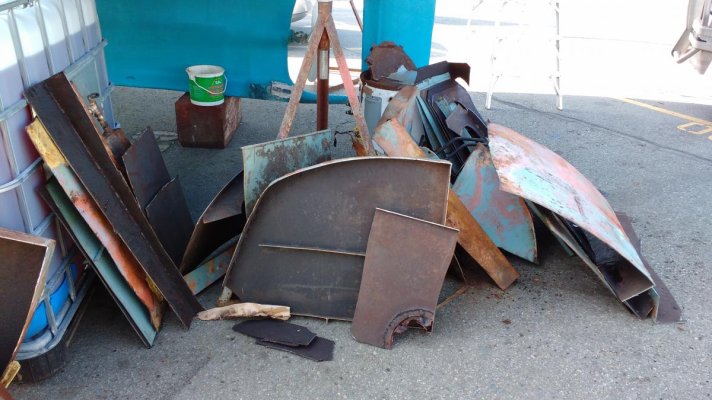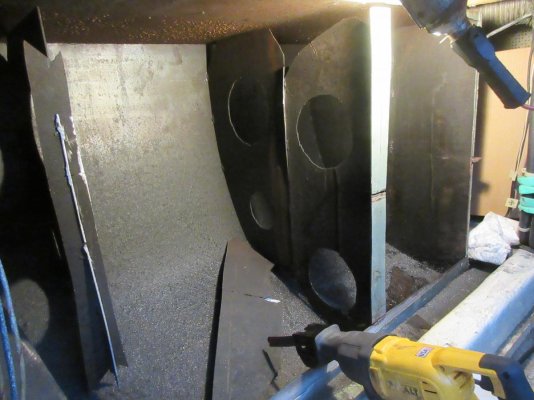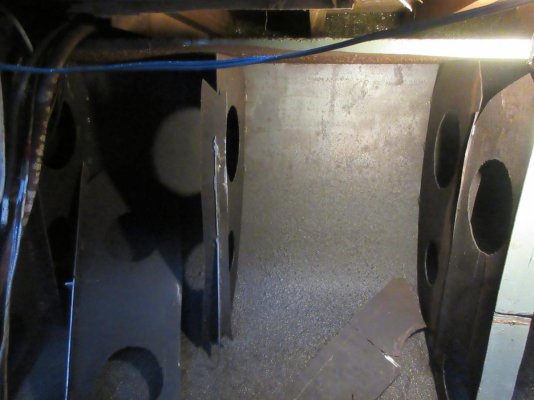rsn48
Guru
- Joined
- Feb 18, 2019
- Messages
- 2,019
- Location
- Canada
- Vessel Name
- Capricorn
- Vessel Make
- Mariner 30 - Sedan Cruiser 1969
A global visual inspection is the only way to really know what problems may exist on the outer surfaces of a tank.
I have talked about my tanks here before, aluminum tanks on a gas boat. Assuming the tanks were originals, the tanks were 50 years old well beyound any stated expected life from an aluminum tank, if you Google. And I have mentioned this before, but I am repeating as even with visual inspection with the tanks removed from the boat, still filled with fuel, there were no apparent leaks until the sun came out and warmed one tank up and a very slight leak appeared. My refit guy wasn't that diligent about removing the fuel and disposing of the tanks from his refit yard until 8 months latter.
When he assigned a guy to drain both tanks and prepare for disposal, both were empty. At no time could we figure out where the tanks leaked from. So visual inspection may not be all its cracked up to be.
I have talked about my tanks here before, aluminum tanks on a gas boat. Assuming the tanks were originals, the tanks were 50 years old well beyound any stated expected life from an aluminum tank, if you Google. And I have mentioned this before, but I am repeating as even with visual inspection with the tanks removed from the boat, still filled with fuel, there were no apparent leaks until the sun came out and warmed one tank up and a very slight leak appeared. My refit guy wasn't that diligent about removing the fuel and disposing of the tanks from his refit yard until 8 months latter.
When he assigned a guy to drain both tanks and prepare for disposal, both were empty. At no time could we figure out where the tanks leaked from. So visual inspection may not be all its cracked up to be.

